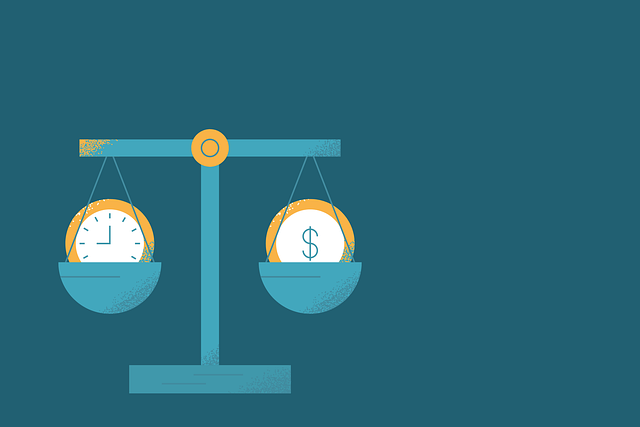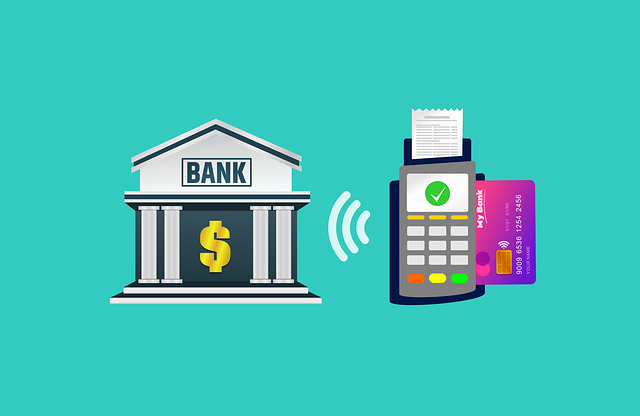Equipment loans offer businesses a financially flexible way to acquire specialized machinery without depleting cash reserves, with often lower loan rates than traditional business loans. These rates are influenced by factors like creditworthiness, equipment type and value, term, and economic indicators. Major financial institutions like JPMorgan Chase, Bank of America, and community credit unions, along with online lenders, provide competitive loan rates and simplified applications, fostering competition that benefits borrowers. These loans cater to diverse needs, from traditional machinery to cutting-edge technology, with flexible terms based on equipment type, borrower creditworthiness, and repayment preferences. Streamlined application processes, including digital forms and pre-approval, ensure quick access to funding for businesses needing specialized gear.
Equipment loans are a powerful tool for businesses seeking to acquire essential machinery, vehicles, or technology. In this comprehensive guide, we explore the benefits of equipment financing and break down the key factors influencing loan rates. We reveal the top financial institutions offering competitive rates, covering a wide range of equipment types. Learn how an efficient application process can streamline your journey to securing funding for business growth. Discover the best sources for equipment loans, tailored to meet diverse needs.
- Understanding Equipment Loans and Their Benefits
- Factors Affecting Loan Rates: A Comprehensive Overview
- Top Financial Institutions Offering Competitive Loan Rates
- Types of Equipment Financed: From Vehicles to Technology
- Application Process: Simplifying the Road to Funding
Understanding Equipment Loans and Their Benefits

Equipment loans are a financial tool that enables businesses to acquire and finance specialized machinery, tools, or vehicles essential for operations. These loans cater to various industries, from manufacturing and construction to healthcare and technology, allowing companies to access capital for significant equipment purchases. One of the key advantages is the ability to obtain funding without depleting cash reserves, preserving financial flexibility.
Additionally, equipment loans offer competitive loan rates, often lower than traditional business loans, due to the secured nature of the financing. This makes them an attractive option for businesses seeking to manage cash flow effectively while securing vital assets. Such loans can be tailored to meet specific industry needs, providing customized repayment terms and flexible borrowing power.
Factors Affecting Loan Rates: A Comprehensive Overview

When considering an equipment loan, understanding how various factors influence loan rates is pivotal. These rates aren’t static but are dynamic, shaped by a multitude of variables that reflect risk and market conditions. Key among these are the creditworthiness of the borrower, the type and value of the equipment being financed, the loan term, and prevailing economic indicators.
Lenders carefully assess these aspects to determine the overall cost of extending credit. A solid credit history with robust financial metrics typically translates to more favorable loan rates. Conversely, riskier borrowers may face higher rates due to the increased likelihood of default. Additionally, loans for high-value, specialized equipment often carry premium rates, reflecting both the asset’s significance and potential repair/replacement costs in case of default. Loan term length also plays a role; shorter terms generally result in lower rates because the lender faces less interest exposure over time.
Top Financial Institutions Offering Competitive Loan Rates

When seeking equipment loans, securing competitive loan rates is a top priority for businesses. Several financial institutions stand out for their attractive interest rates and flexible terms. These institutions understand the importance of accessible capital for small to medium-sized enterprises (SMEs) aiming to acquire essential machinery or technology.
Topping the list are banks and credit unions known for their robust commercial loan programs. These include well-established names like JPMorgan Chase, Bank of America, and smaller community-focused lenders. Additionally, online lenders have entered the market, offering transparent loan rates and streamlined application processes. This competition has resulted in more favorable terms for borrowers, making it easier for businesses to access the funding they need for growth and expansion.
Types of Equipment Financed: From Vehicles to Technology

At top financial institutions, equipment loans finance a diverse range of assets, catering to various business needs. This includes everything from traditional machinery and vehicles to cutting-edge technology like software, computers, and specialized equipment. Businesses looking for vehicle loans can obtain financing for trucks, vans, and other transportation means essential for their operations. For tech-focused enterprises, these institutions offer loans to acquire the latest hardware and software solutions, ensuring businesses stay competitive in a rapidly evolving digital landscape.
When it comes to loan rates, these institutions consider multiple factors such as the type of equipment, the creditworthiness of the borrower, and the repayment terms. This allows for flexible financing options tailored to each business’s unique circumstances. Whether it’s a short-term loan for immediate equipment needs or a longer-term solution, understanding the available options can significantly impact a company’s growth and efficiency.
Application Process: Simplifying the Road to Funding

The application process for equipment loans at top financial institutions is designed to be straightforward, aiming to streamline the journey from need to funding. These institutions understand that time is critical when businesses require specialized equipment to grow or maintain operations. As such, they’ve optimized their applications to be easily navigable, with clear instructions and concise documentation requirements. This simplicity doesn’t compromise thoroughness; instead, it ensures that loan applicants can focus on providing essential details while the institution conducts a swift assessment.
Key aspects of this streamlined process include digital application forms that are simple to fill out and secure data submission methods. Many top lenders offer pre-approval or preliminary rate quotes based on initial information, giving business owners an idea of what loan rates might be before committing to a full application. This transparency builds trust and saves time for both the borrower and lender.






